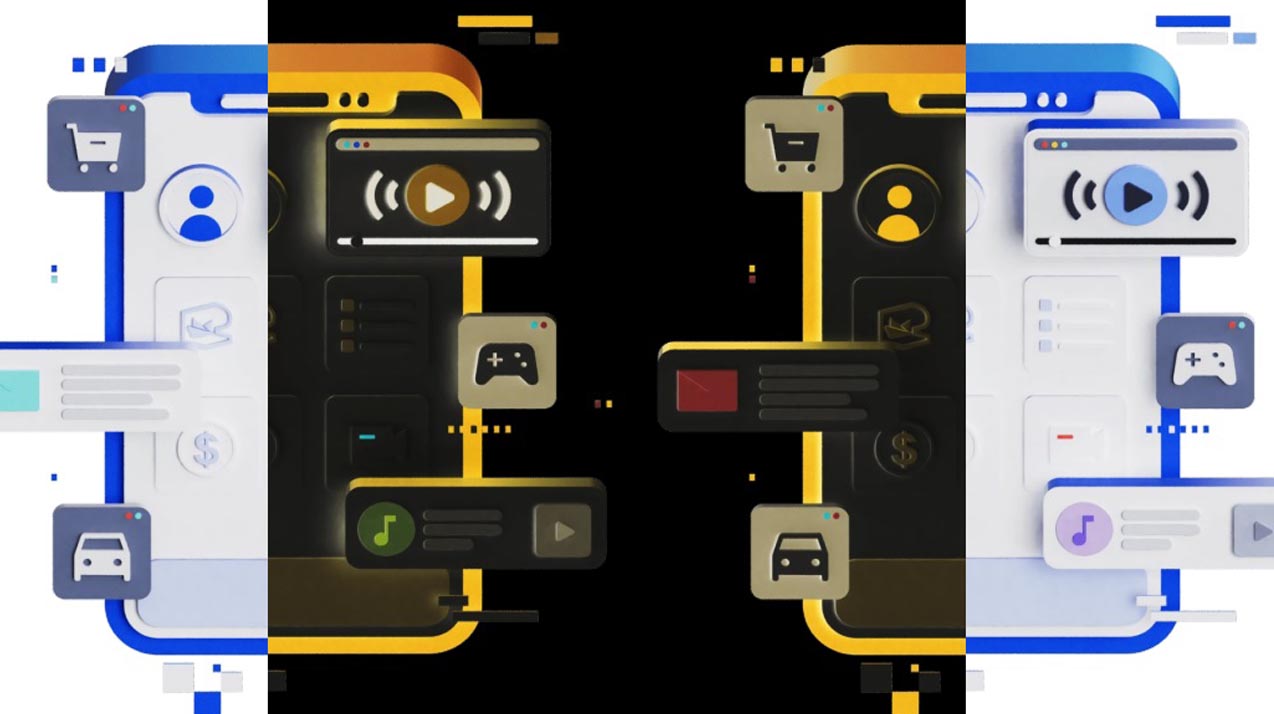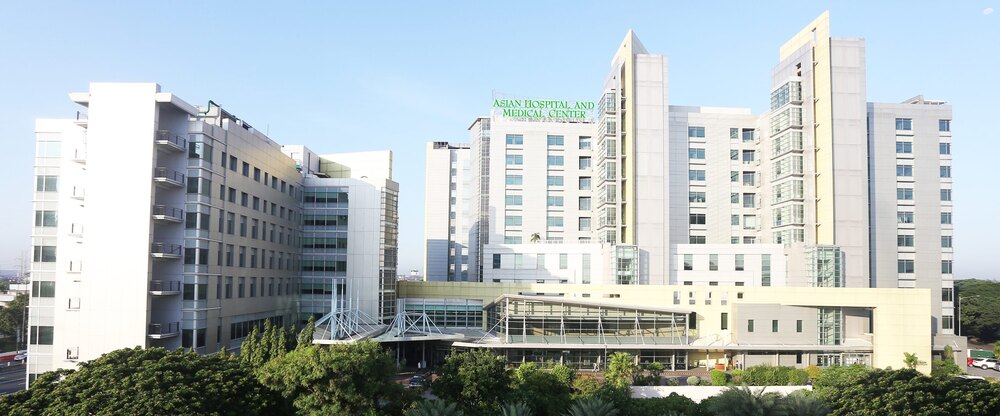CONVENIENCE, financial engagement and security are what fires up the Philippine superapp economy.
The increased consumer interest in secure payments, peer-to-peer lending, and investments have broadened app usage from simply browsing, gaming or messaging. Government efforts to “bank the unbanked” have also fueled the tremendous growth of the superapp.
Compared to regular on-screen applications, superapps are versatile mobile applications, offering a diverse range of services within a unified platform.
And as Philippine digital economy is gearing up, projecting a value of US$35 billion by 2025 and a remarkable compound annual growth rate (CAGR) of 209 percent, the country is poised to enter a new era of digital transformation.
This is why fintech expert Publicis Sapient, in a conference, highlighted the strategic advantage and growth opportunities in the Philippines for banks and financial institutions to capitalize on the superapp economy.
The country is poised to strongly utilize super apps. With a 69 percent internet penetration rate and ongoing expansion into smaller cities, coupled with increasing social media advocacy and a surge in online purchases (with nearly 63 percent using mobile apps for e-commerce transactions), the landscape is evolving rapidly.
Three key industries, namely e-commerce, streaming, and food delivery, are positioned for sustained growth. E-commerce, in particular, is anticipated to witness a 17 percent CAGR from 2022 to 2025. Against this backdrop, the stage is set for organizations to leverage the superapp trend, especially in the banking sector.
“With 63% of the population in the Philippines being unbanked, and with mobile users spending an average of over 5 hours daily on their smartphones, banking is set to be the largest superapp opportunity in the Philippines,” Andrew Male, Client Partner, ASEAN, Publicis Sapient said.
However, to build a successful superapp, organizations need to establish clear commercial objectives, understand the target audience, and define a partnership approach. Male explains that the technology stack should be carefully crafted, balancing what to build, buy, or reuse.
“Embrace an iterative approach to minimum viable product (MVP) development, rapidly prototyping and testing ideas to gather feedback and make improvements. At the same time, partner and customer feedback should be incorporated early in the process to ensure the proposition remains relevant while it is being developed and tested,” Males explained.
Taking a customer-centric approach involves connecting touchpoints across the customer journey, identifying pain points, and delivering maximum value. An iterative approach to MVP development, incorporating feedback from partners and customers early on, ensures relevance and continuous improvement.
“Factors such as target client segments, target partner landscape and partnership approach, economic model, as well as regulatory approach need to be nailed down. The product development model should recognize and accommodate the needs of different stakeholders: customers, partners, and the company itself,” Male added.
Understanding customer behavior and preferences is crucial for creating personalized recommendations and services. Analyzing data, including purchase history and browsing behavior, helps build hyper-personalized recommendation systems.
As consumers seek more personalized and convenient experiences, superapps play a vital role in transforming mobile and digital user experiences by providing a variety of tools for specific tasks or services.
“We are excited at the potential to elevate digital financial services in the Philippines through superapps, and work with our partners and customers in capturing new growth in this new digital-first economy,” Male concludes.





